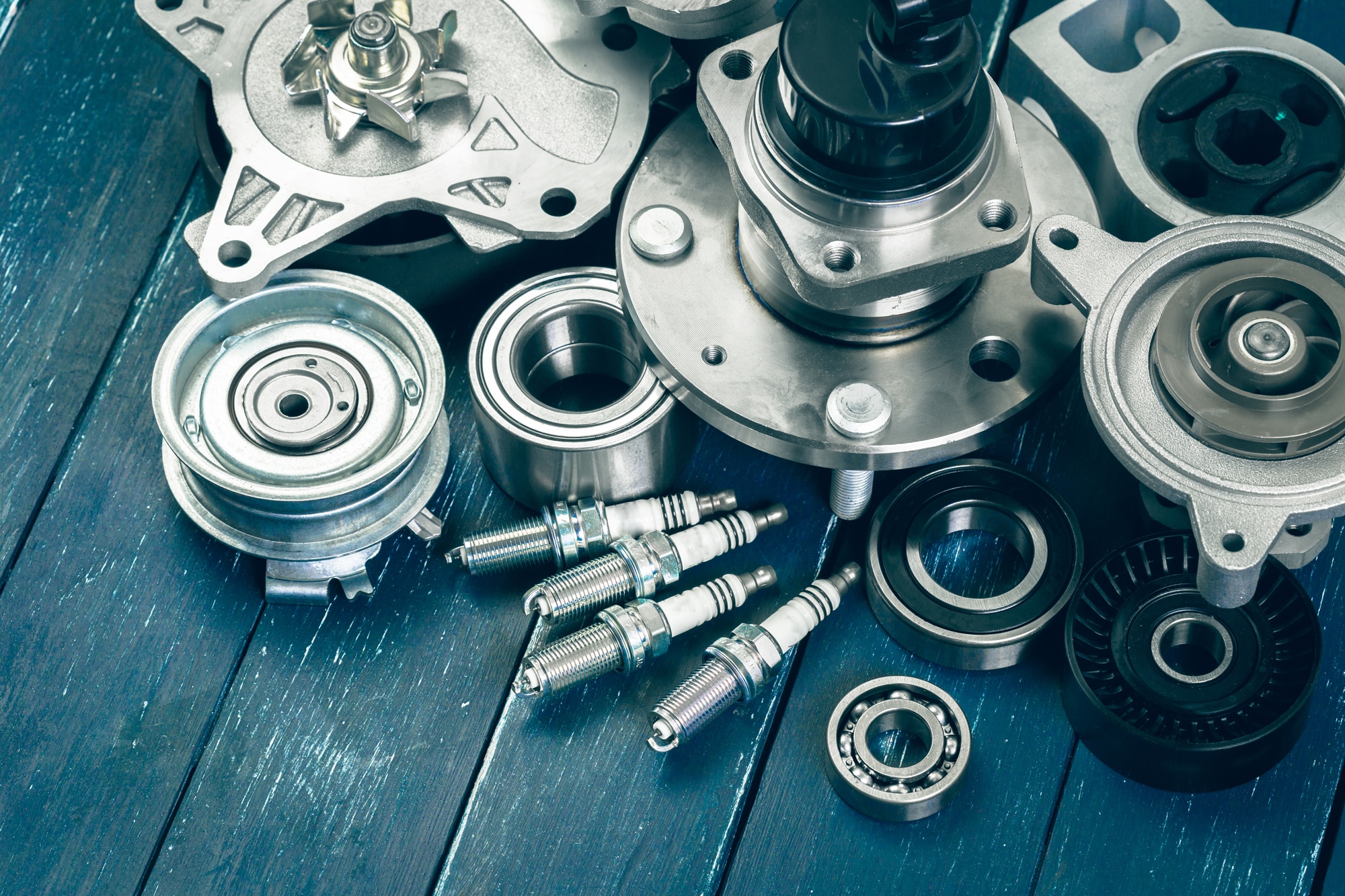Where to Buy Car Parts: RockAuto vs. Amazon vs. eBay vs. Dealers vs. Parts Stores
There are endless options when it comes to buying car parts and accessories.
 Shutterstock
Shutterstock
Article QuickTakes:
It used to be that you had just one or two choices when it came to buying auto parts, perhaps a local outlet of a national chain or a mail-order catalog.
These days, however, you’re spoiled for choice. Whether you’re looking for an air filter or motor oil, you’ve got a wide variety of options.
Popular options include online shopping giants like
Where to Buy Auto Parts Online
One of the nicest things about buying car parts online is the filters to confirm that parts will fit your car. On Amazon, for example, Confirmed Fit allows you to enter your year, make, model, drivetrain, and engine type to ensure that whatever you’re looking for will work.
RockAuto, an online car parts leader, was founded in 1999, and the website looks like it hasn’t been updated since, but it is simple and easy to navigate and is tailored to expert buyers who know exactly what they need. RockAuto has parts for vehicles dating back to the 1920s, so it will likely have whatever you need.
eBay also has a massive inventory of new and used parts, and it features My Garage, where you can enter information about your vehicle to confirm whether you’re ordering the correct parts for your car, truck or motorcycle.
Perhaps the biggest challenge of the online stores is getting help if you have questions. Though there are customer service options, you can’t get in-person help installing or picking out a part like you could at a dealership or local auto parts store.
On the positive side, these online stores have enormous inventories and ship within a few days (depending on the part, where you are, and where the warehouse is located) and pricing is often cheaper than in-store fronts that deal with overhead costs.
Buying Auto Parts at the Dealership
Going straight to the dealer is always an option, and you’ll be guaranteed the correct part for your vehicle as well as professional installation and diagnosing issues if you need the help. The downside is that you may pay quite a bit more for the part than you would from an online store. Many car makers offer parts online now as well, making it easy to compare pricing.
Perhaps the biggest advantage to buying from a dealership is the quality of the parts. The automaker is the one that designed the parts in the first place, and you have the peace of mind to know the part will fit and work as the engineers intended when you buy an original equipment manufacturer (OEM) part. Though they usually sell every part you could need, you can save some money by considering what kind of part you’re getting. While it may be a good idea to go with the highest quality you can afford for brake rotors, if you can buy a generic plastic door handle for a fraction of the cost—especially if it looks and performs the same as an OEM part—then you may be able to save a bit.
Especially if you’re in a hurry or the car is still under warranty, your dealer’s parts department might be your best bet.
Buying Car Parts at a Parts Store
Local auto parts stores often offer ship-to-home through the website, but also offer services like in-store pickup of online orders, which can help bridge the gap between the convenience of shopping online and the customer service you get in a retail store. You also have the advantage of taking parts in that you are having trouble identifying and more quickly getting a replacement part, or one on order.
Perhaps the biggest advantage of these brick-and-mortar stores is their network of stores and their combined inventory of in-stock parts. If you have an urgent repair, or a limited repair window, then driving across town for that one part is often far cheaper than rush delivery online. Additionally, many of these stores can likely do an internal transfer within a day or two, getting parts from their larger warehouses to you in a short period of time, often without shipping costs.
The salespeople or sometimes the folks around the store are often quite knowledgeable, and you might even be able to work on your car in the parking lot. You can’t do that at Amazon.



